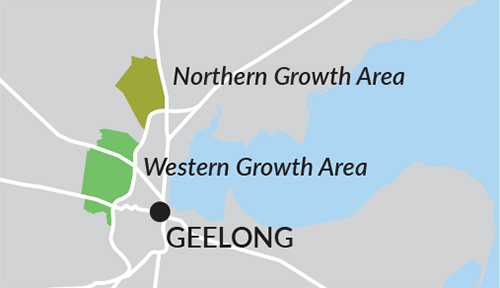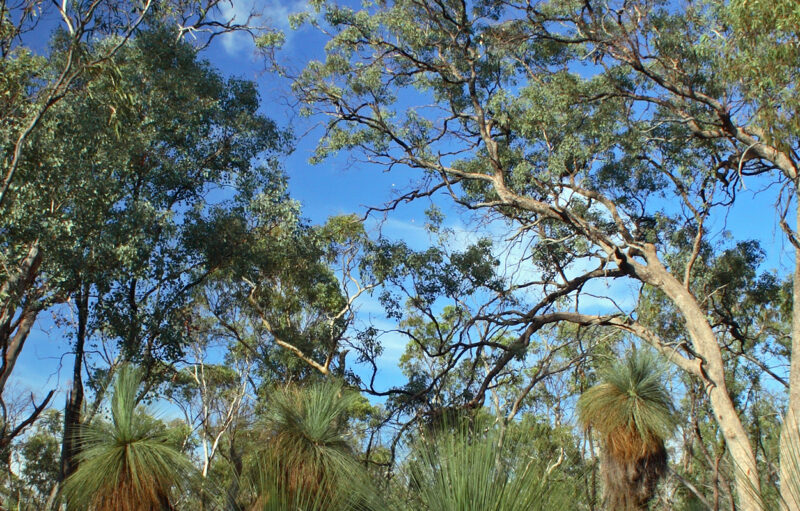PARK WATCH Article June 2023 |
Adrian Marshall asks: Does the Geelong Strategic Assessment threaten nature?
Geelong’s Northern and Western Growth Areas are 6,000 hectares earmarked for development. They include endangered grassland, and habitat for Striped Legless Lizard and Golden Sun Moth, federally protected species which are the subject of the Geelong Strategic Assessment (GSA).
Strategic assessments, carried out under the Environment Protection and Biodiversity Conservation Act 1999 (EPBC Act), sound good on paper. They aim to balance protection of listed species with development needs: one big overview rather than many individual assessments.
Integrating natural values early into planning is good. It can allow biolinks, sensible trade-offs, early protection of strategically important assets, and greater certainty for everyone.
What can go wrong?
The disastrous Melbourne Strategic Assessment shows how bad it can be. Developers saved $500 billion, got certainty, while biodiversity continues to crash. It was naïve, failed to protect small high-biodiversity areas, and allowed weeds to destroy thousands of hectares of grassland.
The City of Geelong has just gutted its environment department to save costs. Ministers are calling for state intervention. The risk of failed governance is mounting.
The GSA agreement with the federal government cuts out state government, sidelining DEECA as well as the Corangamite Catchment Management Authority, responsible for integrated planning and biodiversity management in the area.
The biggest red flag was in the briefing VNPA and Grassy Plains Network attended. It showed only one area protected for conservation in the Northern Geelong Growth Area. Three out of four populations of Striped Legless Lizard could be bulldozed, along with Natural Temperate Grassland of the Victorian Volcanic Plain and hundreds of hectares of Golden Sun Moth habitat – a ratio of one part protection to six parts destruction. That’s simply lip-service to the principles of avoid and mitigate on which the EPBC Act is built.
The Moorabool River and Cowies Creek get a scant 100 metre buffer, and we fear development on their flood plains. We were told biolinks would be considered later, when land use has been mostly determined, the exact opposite of what a strategic assessment should be.
Once the detail gets released in late June we have just eight weeks to respond. They’re rushing this through. Whatever the outcome, we need a broader discussion on how we plan for nature at a larger scale. Are strategic assessments the best way? Why does the environment always wear the risk?
North West Alliance
VNPA and Grassy Plains Network have joined the North West Alliance, a coalition of environmental organisations and community as shocked as we are. Together, we’ve written to state and federal environment ministers, Geelong’s planners and EPBC authorities.
- Read the latest full edition of Park Watch magazine
- Subscribe to keep up-to-date about this and other nature issues in Victoria
- Become a member to receive Park Watch magazine in print

